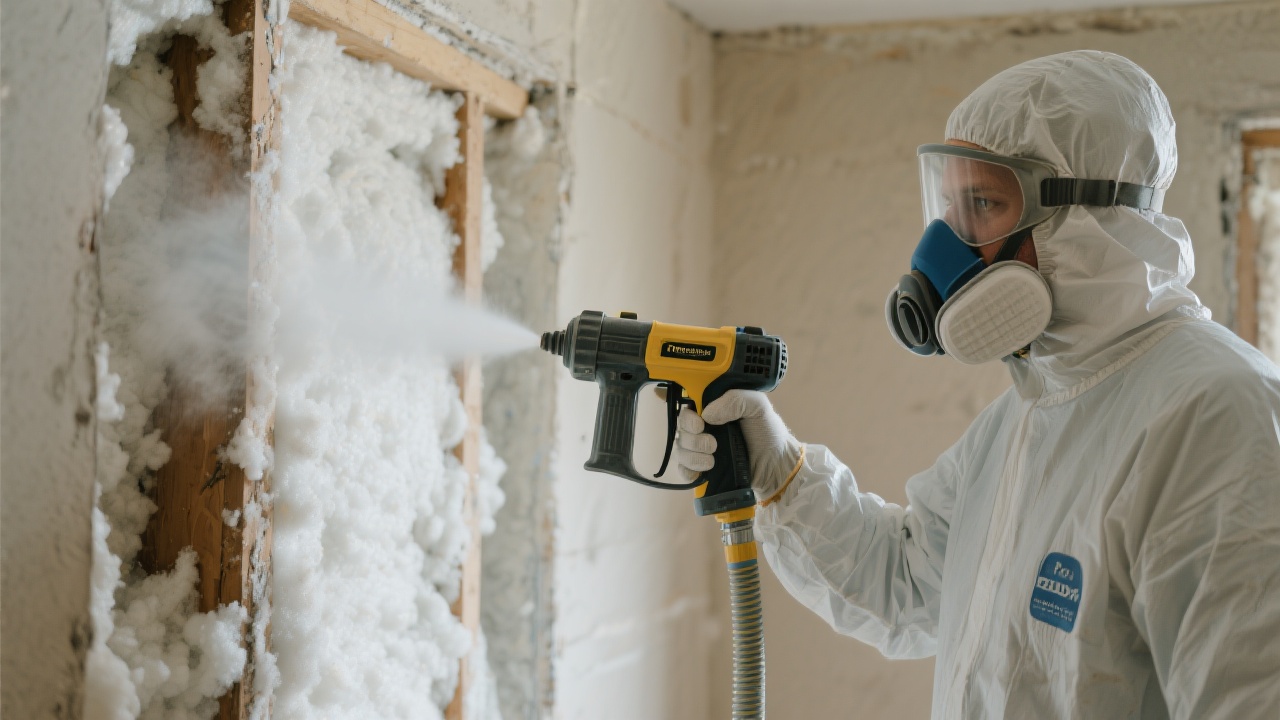Can Spray Foam Insulation Really Fix My Drafty House in Camden?
If you live in Camden or anywhere else in London and keep feeling chilly draughts swirling around your home no matter how high you turn up the radiators, you’re probably asking, “Can spray foam insulation really fix my drafty house?” It’s a question loads of homeowners ask, especially when energy bills keep creeping up. Here, we’ll talk through what spray foam insulation actually is, how it works, what it costs, and whether it’s the answer you’ve been looking for to battle those annoying draughts.
What Exactly Is Spray Foam Insulation?
Spray foam insulation – sometimes called spray polyurethane foam, or SPF insulation for short – is a clever material that gets sprayed into walls, ceilings, lofts and even under floors. When it’s sprayed in, it starts off as a liquid and then quickly puffs up, filling all the nooks and crannies where cold air can sneak in. It’s a bit like squirting shaving foam into all the gaps behind your walls. There are two main types you’ll hear about: open-cell spray foam and closed-cell spray foam.
- Open-cell spray foam: Fluffier, a bit less dense, and lets some air through but does a decent job as a draught-stopper and sound barrier. Usually cheaper too.
- Closed-cell spray foam: Much denser, stops both air and water, and gives more insulation power per inch. Costs more, but packs a bigger punch if you’ve got thin walls or space is tight.
How Does Spray Foam Insulation Stop Draughts?
Traditional insulation like fibreglass or rolls of wool mainly slows down heat leaking out, but it still leaves little gaps for draughts to find their way in. That’s not so with spray foam insulation. Because it foams up and expands, it fills every tiny crack and hole – even the bits you can’t see. This means cold air stays outside where it belongs, and warm air stays inside.
Imagine you’ve got a sash window that always seems to let a cold breeze in around the edges. Old-style insulation can’t get right into all those tiny spaces, but spray foam can. It’s not just windows though – it works round pipes, electrics, and even uneven stone walls you often find in some of Camden’s Victorian or Edwardian houses.
What Does Spray Foam Insulation Cost?
Most people in Camden (and the rest of London, Brighton and Hove, or Manchester, for that matter) want to know the price before they get excited. The cost of having spray foam insulation professionally installed depends on a few things:
- The type (open-cell vs closed-cell)
- The size of the space you want to insulate (loft, walls, floors or the whole lot)
- How easy it is to get access
For a typical terraced house in Camden, spraying the loft with open-cell foam might cost between £900 and £2,000. Closed-cell is generally pricier, possibly from £1,500 to £3,000, but it could pay for itself quicker in savings. Every home is different, so it’s always worth getting a few quotes.
Is Spray Foam Insulation Actually Worth It?
There’s no one-size-fits-all answer, but spray foam insulation has some clear pros and a couple of things to think about:
| Benefits of Spray Foam Insulation | Potential Drawbacks |
|---|---|
|
|
For many people across Camden, Chelsea, Leicester or Sheffield, the savings on energy bills more than make up for the cost, especially these days with rising gas and electricity prices. And the feeling of having a draught-free home is hard to put a price on!
So, Is It Right for Your Home?
If you’re tired of shivering in your own sitting room or seeing money fly out the window with every gust, spray foam insulation could be a smart fix. It’s worth checking what’s best for your property – open-cell or closed-cell, loft or walls – and maybe chatting to neighbours who’ve had it done. And if you live elsewhere, like Birmingham, Leeds, Portsmouth or even up in Newcastle upon Tyne, the same advice applies.
If you want to wave goodbye to draughts for good, a simple chat with a professional installer in Camden could be the start of a warmer, quieter home.
